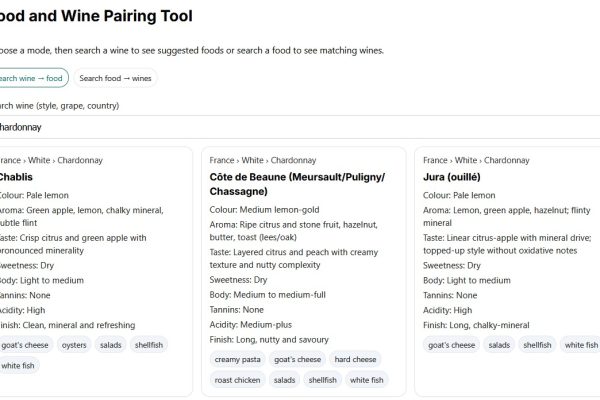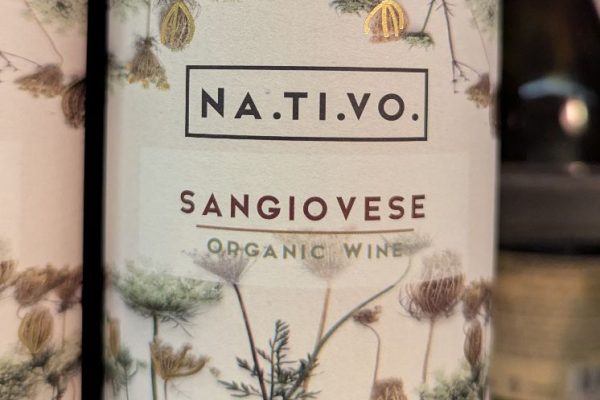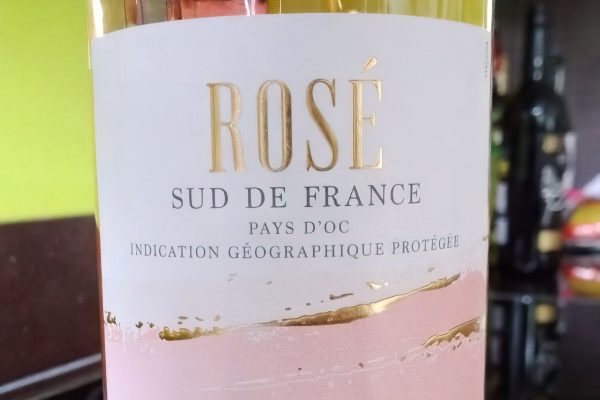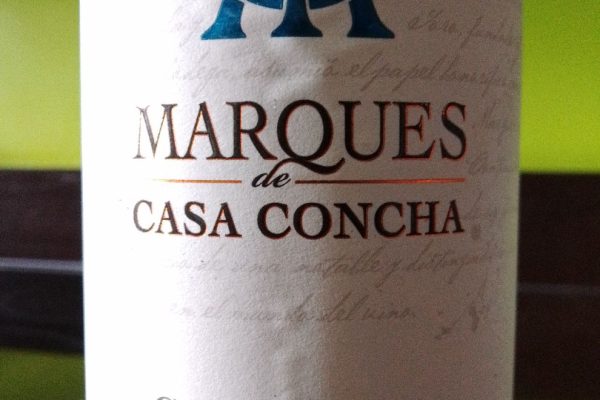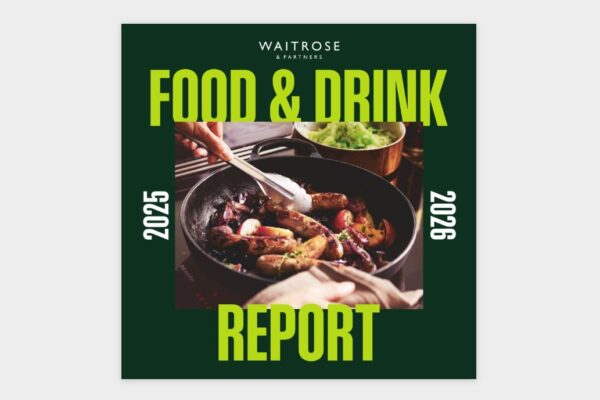
I don’t visit UK pubs all that often, but when I do, I rarely find the wine experience enjoyable. Over the past year alone, I’ve been served red wine that had been stored next to warm lights, had small glasses filled nearly to the brim on multiple occasions and even came across a pub that didn’t have a wine list at all, just a few vague verbal suggestions.
Mick Steward, writing for the London Wine Fair website, reflects on his reluctance to order wine in pubs despite his long career in the wine trade. He notes that while some pubs do take wine seriously, many still serve whites too cold, reds too warm and fill glasses to the brim, which detracts from the experience. This disconnect between the wine trade and pubs is seen as a missed opportunity, especially considering that around 15 million people visit UK pubs weekly.
Mick believes that the wine industry could learn a great deal from brewers, who have excelled at engaging with pub owners. The shift towards food-led pubs and the rise of more discerning, younger drinkers, who want quality, variety and authenticity, means there’s a growing appetite for better wine experiences in pubs. Wine offers strong profit margins, and a well-curated wine list can improve a pub’s appeal and encourage repeat custom. However, for wine to gain a stronger foothold, suppliers need to support pubs more effectively.
He suggests several strategies. Improving wine service, such as using better glassware and carafes, could enhance customer experience. Wine lists should be tailored for the on-trade, avoiding over-reliance on supermarket brands, and instead telling stories behind the wines to engage both staff and customers. More involvement from the wine trade, through trade trips, tastings and education, would help integrate pubs more deeply into the wine world. Expanding and improving the by the glass range is key, as is supporting pubs with tools like Coravin to reduce waste. Finally, embracing alternative formats like wine on tap, bag-in-box and cans can help smaller pubs diversify their offering while keeping costs down.
Mick concludes that the pub sector is well placed to become a major player in wine sales, provided the wine trade invests in education, communication, and innovation. With changing consumer tastes and increasing expectations, there’s a clear opportunity to elevate the wine experience in UK pubs.






